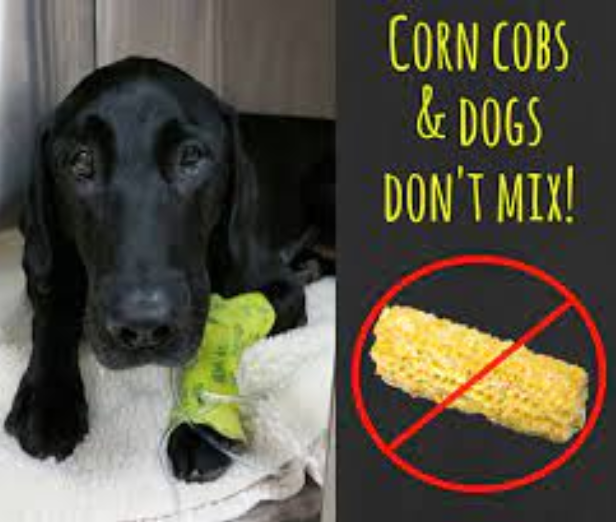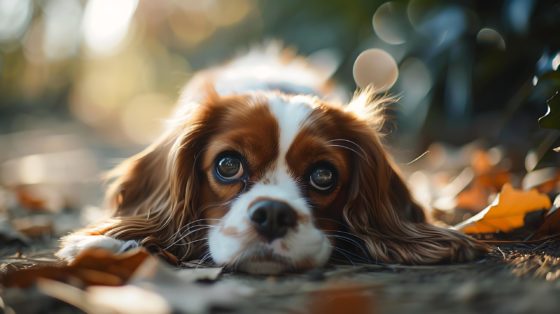The colors and patterns of dog coats can be as diverse and beautiful as the colors in fall foliage. The following is a short explanation of coat colors and some of the more unusual names for the colors.
All dog coat colors are formed from just two pigments – eumelanin (black or brown) and phaeomelanin (red, yellow or tan). Different variations in color are created by these two pigments which are both forms of melanin.
Interesting names for coat colors include:
Blenheim. This name describes the Cavalier King Charles and King Charles Spaniels with a coat color consisting of a deep, clear red and white. This color is named for John Churchill, the 1st Duke of Marlborough, because of the red and white King Charles Spaniels kept at his estate, Blenheim.
Deadgrass. Chesapeake Bay retrievers with a “Deadgrass,” or light, liver-pigmented red coat color virtually disappear in the dry, dead wheat stalks and grasses of autumn fields while bird-hunting with their owners.
Fulvo. Because the Cane Corso is an Italian breed they may be a fulvo color, translated in English as “fawn”.
Mustard and Pepper. Dandie Dinmont Terrier lovers describe their dogs as either mustard (reddish-brown to fawn) or pepper (bluish-black to silvery gray).
Chocolate. Refers to Labrador retrievers. Although the same color in a curly-coated retriever or pointer is called liver and it is called brown in a Poodle.



